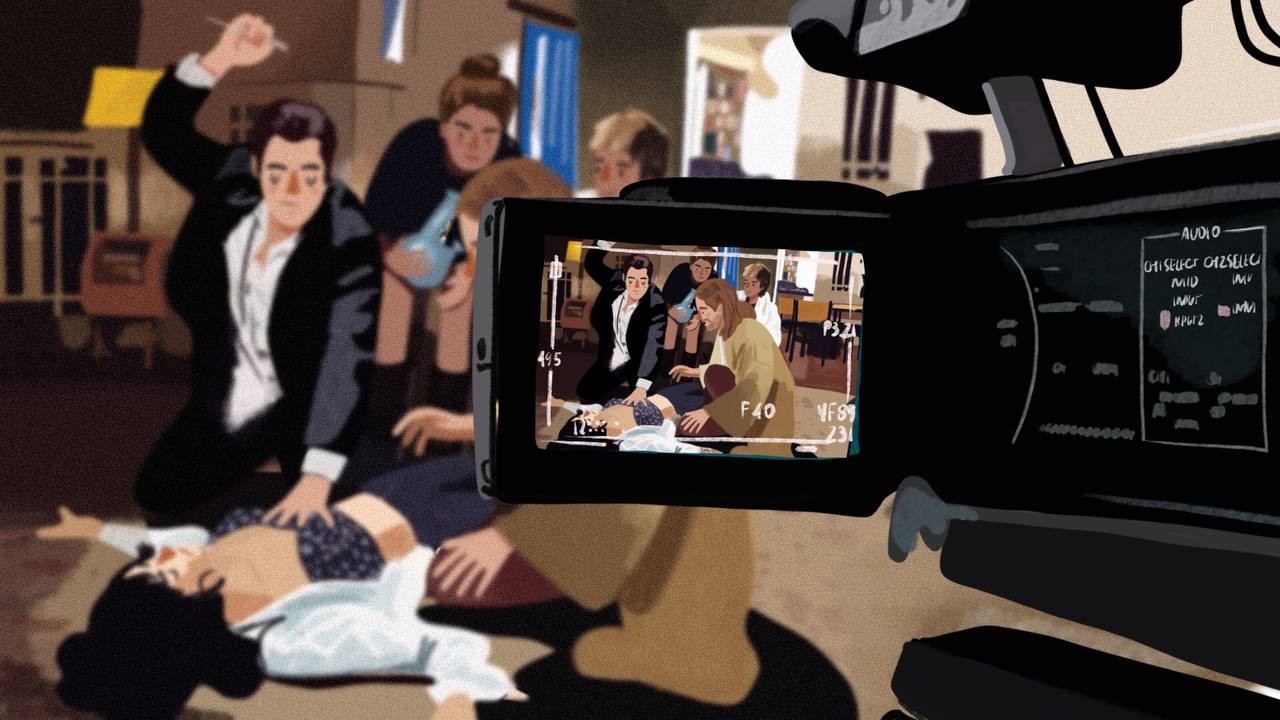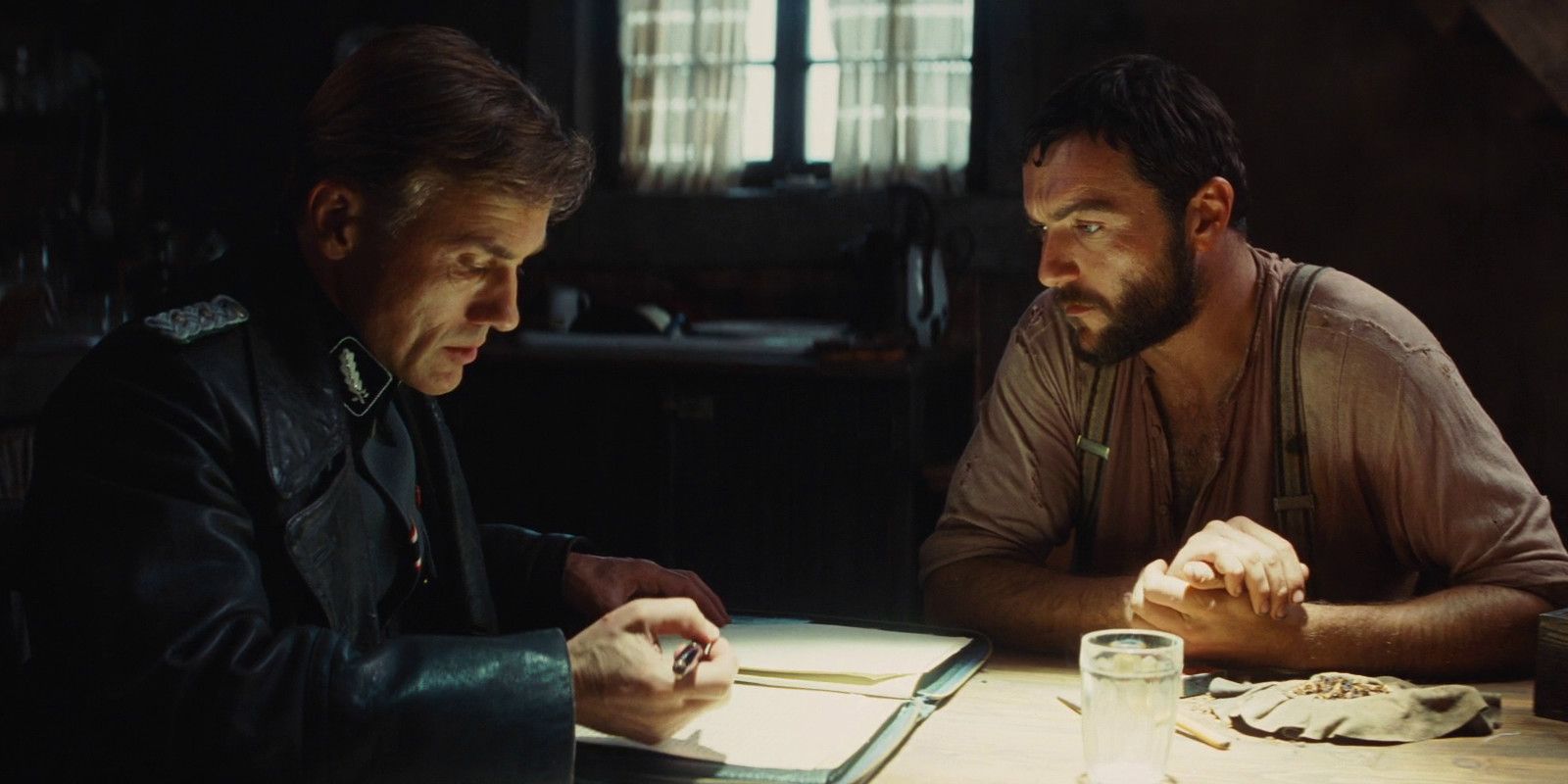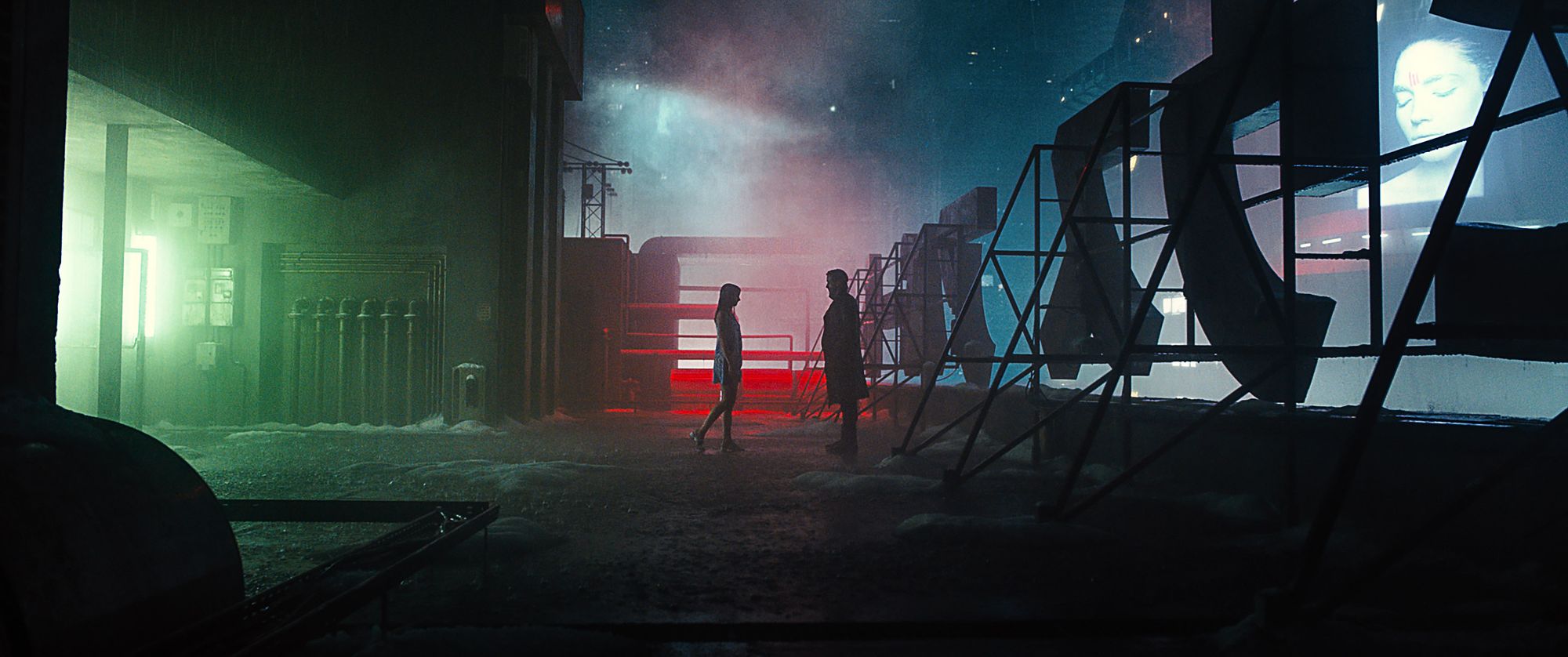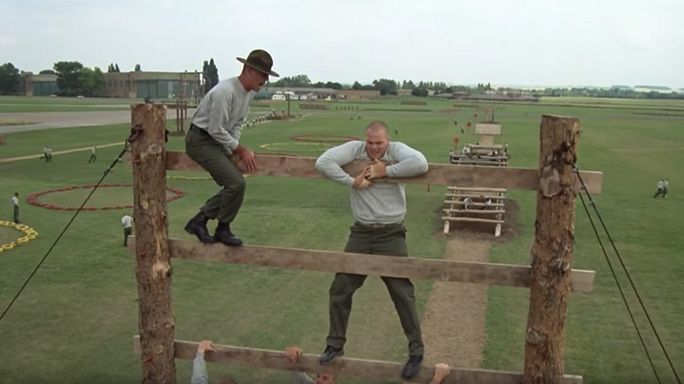Essential camera movements - explained
This week we continue to tell you about the main and essential camerawork techniques, without which no film can be imagined. So, let's not talk too much, and let's get started.


Most recently, we dived with you into the theory of camerawork, exploring all the basic frame sizes, what they are used for by filmmakers and what they say on a visual level. This week we continue to tell you about the main and essential camerawork techniques, without which no film can be imagined. As you understand, every scene in a film consists of several or maybe many shots, each of which is meant to move the story of the film. That's why there are many varieties of camera moves that are used by different filmmakers in different situations. So, let's not talk too much, and get started.
But before we continue, we want to remind you that here we promote the love of art and try to inspire you to take your camera and make a short film. Leave the boring pre-production routine to the Filmustage - automatic script breakdown - and focus on your creativity!
Also after a long time of hard work we are happy to announce the beta-testing of the new scheduling feature in the Filmustage software. Be one of the first to test the new functionality - click here for more detailed information.
Art by @nadi_bulochka
Static shot
That's right, static shot means that the camera doesn't move - it's mounted on a tripod. "But how does it relate to camera movements?", - you might ask. It's simple: there are situations where a static shot would be a better solution. For example, dialogue scenes where the main elements that catch the eye are the actors and their performance. In such shots, nothing should distract the viewer from the actors, letting them shine in the frame.

Often camera movements lend dynamics, but in the price of dialogue, the dynamics come at the expense of emotional tension, which is why it's so important to remain static. There are, of course, counter-examples: Alejandro González Inñaritto's "Babel". In this film, a scene of disorderly, chaotic conversation is accompanied by an equally spontaneous handheld camera, which has a double effect on the viewer.
Another important point in which a static shot would be more advantageous is when the movement is present within the shot itself and when the shot appears to be dynamic in composition. In the first case it's pretty obvious, but in the second case there are a lot of ways to show dynamics with the help of composition: the rule of thirds, perspective and the choice of the right lens. In other words, the composition of the frame itself is able to direct the viewer's eye where the director and operator want it to go. This happens unconsciously, so there's no need to stress the viewer further.

However, remember - everything is relative. These ''rules'' cannot be universal, because the production of each film is unique and requires completely different approaches and combinations of techniques.
The Pan
One of the most frequently used camera movements. Technically, a panorama means to rotate the camera only within the horizontal axis to the right or left. It can be a 90 degree turn, a 180 degree turn or all 360 degrees. A panorama is limited only to the points you set yourself. And this is a very important point: when you are shooting a panorama you have to have a clear idea of where the start point and the finish point are, in order to be able to save continuity.
The panorama has many uses, but in most cases it is used to either follow a character and his or her actions, or to reveal and declare the location of the film. The panorama is extremely useful because, as we have already said, it is not restricted within horizontal movement, so it can capture as wide a space as possible.
It is also important to reckon with the speed at which you will move the camera. A slow panorama, for example, might suggest tracking or anticipation, whereas a fast panorama gives the frame an energetic and fast-paced look. You've probably seen this kind of panorama, fast and fluid, in films by Edgar Wright and Quentin Tarantino, and it's called a Whip-Pan.
Whip- Pan
The clearest and probably the best example of how whip-pan can be applied are Damien Chazelle's films: "Whiplash" and "La La Land", where the director builds up the relationship between the characters with a quick pan on the characters.
The Tilt
This is the exact opposite of the panorama, as here the camera moves within a vertical axis, either up or down. However, just like the panorama, the tilt is useful for revealing character, setting, action or size. Sometimes filmmakers use it to convey the verticality of the world, such as in Christopher Nolan's "Inception".
Other times, the tilt can be used to show a character as big and strong by lifting the camera up from below, or conversely, to portray how small and weak the character is by lowering the camera.
Push in & pull out
Push in means to physically bring the camera closer to the character or object. Filmmakers very often use this particular camera movement as it is a great way to focus the viewer's attention on a particular object or subject. Most of the time these slow approaches are hardly noticeable, but they have a powerful effect on our perception, immersing us in the film. It could be a character's monologue, an action or an object, it doesn't matter. The important thing is that by pushing in, you can successfully control the viewer's attention and immerse them deeper into the process of the film.
For example, in this scene from "The Godfather", with the fluid movement of the camera, we are immersed in the character's inner conflict. Through this proximity we can look into the eyes of the character and try to understand him, to see what he is thinking.
Pull out, on the other hand, means moving the camera away from the subject. And if push in immerses us into the film, then pull out is like a signal that in that scene we move away from the character, leave him behind. But in cinema, of course, it's not all that simple: pull out can also detach characters and action, only with a shift in emphasis from the larger to the more generic.
And what makes this technique simply incredibly powerful and expressive are the moments when filmmakers use pull out to show the loneliness and abandonment of character like in the example above from the "Joker" (2019).
Dolly zoom
The zoom itself can be loosely described as a movement because it occurs either optically (inside the lens) or by digital zoom in post-production. We won't touch on those two techniques here, because we've already written about them in our special blog about lenses. However, we're still here. So what is dolly zoom, vertigo effect, push-pull zoom - it has many names.
Well, dolly zoom is a combination of physical zoom in/out and optical zoom in and zoom out. Depending on how the two elements are combined, different psychological effects can be achieved. There are only two possible ways of combining optical and physical movement: on the one hand, dolly in while zooming out. In this way, directors can make the background get bigger while the foreground stays the same. Second way: dolly out while zooming in. Here, as you can see, the foreground, where the characters often appear, becomes the main thing and overshadows the background.
Dolly zoom can express the relationship between the two subjects, as in Scorsese's "Raging Bull", where the director uses dolly zoom to slow down the fight - it's the point of view of his character. For Jake La Motta, time is almost at a standstill because he is focused as much as possible on his opponent. Neither the crowd nor the camera flashes are able to distract him.
Another purpose of dolly zoom is to portray the inner changes in a character, as in Spielberg's "Jaws", where we can use it to understand how drastically the character's condition has changed.
Tracking shot
It is important not to confuse tracking shot and push in & pull out, because both of these principles imply moving the camera deeper into the scene. However, the global difference is that the tracking shot means that the camera is not just moving in/out, but is moving with the subject. The main questions that the tracking shot answers are: where is the subject moving and why? After all, in cinematography there is nothing for nothing: if the camera moves with the subject, it is important to show it. Often tracking shots last quite a long time - so called long takes. So the director immerses the viewer in the world of the film and in what is happening with the characters because the tracking shot keeps our attention on the screen.
The tracking shot can be used with a handheld camera to create a documentary-like, believable effect - and that has a powerful effect on the viewer, because reality is scary, but very interesting.
Or another example: a tracking camera can act as an inanimate object which is watching. We, as viewers, realise we're looking through the eyes of a non-human, and that's where the suspense comes in. If such footage is edited intelligently, it can create a frightening sense of impending disaster, as in Gus Van Sant's Elephant.
Arc shot
The essence of the ark shot is that the camera moves around the character or object. It often moves on the horizontal axis, and the idea is to make the shot dynamic while the objects in the centre are quite static. The clearest example of what an ark shot looks like is in "Avengers" (2012), where just one shot unites the characters into a legendary team and shows that there is a threat everywhere.
The arc shot makes the characters the centre of everything and grabs our attention whether it's a horror film or superhero pathos.
Boom shot
The last but not least - boom shot - is a vertical up or down shot. The fundamental difference between boom shot and tilt up/down is that tilting up or down means that we only change the camera's vertical direction or viewpoint, but the camera itself is physically in the same place. Whereas a boom shot combines both a change in camera direction and a physical movement of the camera up or down.
There are a variety of uses for this camera motion, from introducing a character to showing an action sequence. The important thing is that the boom shot provides the opportunity to capture a large space, which is extremely useful for filmmakers.

There you go. We've told you and shown you all the most significant camera moves. Keep in mind that these are not rules, but tools. Words can never tell the whole essence and subtleties of a technique, because every camera movement can be used for different purposes. So experiment and don't be afraid to make mistakes! The rules are in our heads. We hope our blog has been useful to you.
Don't forget to visit Filmustage.com page and try out our AI-based script breakdown service. Looking forward for your professional feedback!
From Breakdown to Budget in Clicks
Save time, cut costs, and let Filmustage’s AI handle the heavy lifting — all in a single day.